今天,我将带来栈和队列的面试题讲解。
目录
- 有效的括号:[链接](https://leetcode.cn/problems/valid-parentheses/)
- 用队列实现栈:[链接](https://leetcode.cn/problems/implement-stack-using-queues/)
- 用栈实现队列:[链接](https://leetcode.cn/problems/implement-queue-using-stacks/)
- 设计循环队列:[链接](https://leetcode.cn/problems/design-circular-queue/)
有效的括号:链接
题目要求:给定一个只包括 ‘(’,‘)’,‘{’,‘}’,‘[’,‘]’ 的字符串 s ,判断字符串是否有效。
有效字符串需满足:
左括号必须用相同类型的右括号闭合。
左括号必须以正确的顺序闭合。
每个右括号都有一个对应的相同类型的左括号。

如上面的三个示例,我们需要判断括号是不是配对的。
思路1:使用栈来存储这些括号,理由:假如我们要验证"( [ ] )"里面的括号是否配对成功,那么我们将左括号( [ 存储进去栈,来到右括号 ] 时,就不要存储进去栈了,而是拿出栈顶的括号,即 [ 进行比对,利用了栈后进先出的道理
注意:在C语言中,我们只能自己去写一个栈,等到C++的时候,我们就可以直接使用库实现的栈了,所以C语言的代码实现相对较为麻烦。
代码:
#include<stdio.h>
#include<stdlib.h>
#include<stdbool.h>
#include<assert.h>
typedef char StackDataType;
typedef struct Stack
{
StackDataType* data;
int pos;
int capacity;
}Stack;
void InitStack(Stack* ps)
{
assert(ps);
ps->data = (StackDataType*)malloc(sizeof(StackDataType) * 4);
if(ps->data == NULL)
{
perror("InitStack()");
exit(1);
}
ps->pos = 0;
ps->capacity = 4;
}
bool StackEmpty(Stack* ps)
{
assert(ps);
return ps->pos == 0;
}
size_t StackSize(Stack* ps)
{
assert(ps);
return ps->pos;
}
void StackPush(Stack* ps,StackDataType x)
{
assert(ps);
if(ps->pos == ps->capacity)
{
StackDataType* tmp = (StackDataType*)realloc(ps->data,sizeof(StackDataType) * 2 * ps->capacity);
if(tmp == NULL)
{
perror("StackPush()");
exit(1);
}
ps->data = tmp;
ps->capacity *= 2;
}
ps->data[ps->pos++] = x;
}
void StackPop(Stack* ps)
{
assert(ps);
assert(!StackEmpty(ps));
ps->pos--;
}
StackDataType StackTop(Stack* ps)
{
assert(ps);
assert(!StackEmpty(ps));
return ps->data[ps->pos-1];
}
void DestroyStack(Stack* ps)
{
free(ps->data);
ps->data = NULL;
ps->pos = 0;
ps->capacity = 0;
}
bool isValid(char * s)
{
Stack T;
InitStack(&T);
while(*s)
{
if(*s == '(' || *s == '{' || *s == '[')
{
StackPush(&T,*s);
s++;
}
else
{
if(StackEmpty(&T))
{
DestroyStack(&T);
return false;
}
else
{
char tmp = StackTop(&T);
StackPop(&T);
if(tmp != '{' && *s == '}' ||
tmp != '(' && *s == ')' ||
tmp != '[' && *s == ']')
{
DestroyStack(&T);
return false;
}
else
{
s++;
}
}
}
}
bool ret = StackEmpty(&T);
DestroyStack(&T);
return ret;
}
用队列实现栈:链接
题目要求:请你仅使用两个队列实现一个后入先出(LIFO)的栈,并支持普通栈的全部四种操作(push、top、pop 和 empty)。
实现 MyStack 类:
void push(int x) 将元素 x 压入栈顶。
int pop() 移除并返回栈顶元素。
int top() 返回栈顶元素。
boolean empty() 如果栈是空的,返回 true ;否则,返回 false 。
注意:
你只能使用队列的基本操作 —— 也就是 push to back、peek/pop from front、size 和 is empty 这些操作。
你所使用的语言也许不支持队列。 你可以使用 list (列表)或者 deque(双端队列)来模拟一个队列 , 只要是标准的队列操作即可。
代码:
#include<stdio.h>
#include<stdlib.h>
#include<assert.h>
#include<stdbool.h>
typedef int QueueDataType;
typedef struct QueueNode
{
QueueDataType data;
struct QueueNode* next;
}QueueNode;
typedef struct Queue
{
QueueNode* Head;
QueueNode* Ptail;
int size;
}Queue;
void InitQueue(Queue* ps)
{
assert(ps);
ps->Head = NULL;
ps->Ptail = NULL;
ps->size = 0;
}
void QueueDestroy(Queue* ps)
{
assert(ps);
QueueNode* cur = ps->Head;
while(cur != NULL)
{
QueueNode* Next = cur->next;
free(cur);
cur = Next;
}
ps->Head = ps->Ptail = NULL;
ps->size = 0;
}
bool QueueEmpty(Queue* ps)
{
assert(ps);
return ps->size == 0;
}
int QueueSize(Queue* ps)
{
assert(ps);
return ps->size;
}
void QueuePush(Queue* ps,QueueDataType x)
{
assert(ps);
QueueNode* NewNode = (QueueNode*)malloc(sizeof(QueueNode));
if(NewNode == NULL)
{
perror("QueueNode()");
exit(1);
}
NewNode->data = x;
NewNode->next = NULL;
if(ps->Ptail == NULL)
{
ps->Head = ps->Ptail = NewNode;
}
else
{
ps->Ptail->next = NewNode;
ps->Ptail = ps->Ptail->next;
}
ps->size++;
}
void QueuePop(Queue* ps)
{
assert(ps);
assert(!QueueEmpty(ps));
if(ps->Head->next == NULL)
{
free(ps->Head);
ps->Head = ps->Ptail = NULL;
ps->size = 0;
}
else
{
QueueNode* Next = ps->Head->next;
free(ps->Head);
ps->Head = Next;
ps->size--;
}
}
QueueDataType QueueTop(Queue* ps)
{
assert(ps);
assert(!QueueEmpty(ps));
return ps->Head->data;
}
QueueDataType QueueBack(Queue* ps)
{
assert(ps);
assert(!QueueEmpty(ps));
return ps->Ptail->data;
}
typedef struct
{
Queue q1;
Queue q2;
} MyStack;
MyStack* myStackCreate()
{
MyStack* obj = (MyStack*)malloc(sizeof(MyStack));
if(obj == NULL)
{
perror("myStackCreate()");
exit(1);
}
InitQueue(&obj->q1);
InitQueue(&obj->q2);
return obj;
}
void myStackPush(MyStack* obj, int x)
{
assert(obj != NULL);
if(!QueueEmpty(&obj->q1))
{
QueuePush(&obj->q1,x);
}
else
{
QueuePush(&obj->q2,x);
}
}
int myStackPop(MyStack* obj)
{
assert(obj != NULL);
Queue* EmptyQ = &obj->q1;
Queue* nonEmptyQ = &obj->q2;
if(QueueEmpty(&obj->q1) != true)
{
EmptyQ = &obj->q2;
nonEmptyQ = &obj->q1;
}
while(QueueSize(nonEmptyQ) > 1)
{
QueuePush(EmptyQ,QueueTop(nonEmptyQ));
QueuePop(nonEmptyQ);
}
QueueDataType Top = QueueTop(nonEmptyQ);
QueuePop(nonEmptyQ);
return Top;
}
int myStackTop(MyStack* obj)
{
if(!QueueEmpty(&obj->q1))
{
return QueueBack(&obj->q1);
}
else
{
return QueueBack(&obj->q2);
}
}
bool myStackEmpty(MyStack* obj)
{
assert(obj);
return QueueEmpty(&obj->q1) && QueueEmpty(&obj->q2);
}
void myStackFree(MyStack* obj)
{
assert(obj != NULL);
QueueDestroy(&obj->q1);
QueueDestroy(&obj->q2);
free(obj);
}
用栈实现队列:链接
题目要求:请你仅使用两个栈实现先入先出队列。队列应当支持一般队列支持的所有操作(push、pop、peek、empty):
实现 MyQueue 类:
void push(int x) 将元素 x 推到队列的末尾
int pop() 从队列的开头移除并返回元素
int peek() 返回队列开头的元素
boolean empty() 如果队列为空,返回 true ;否则,返回 false
说明:
你只能 使用标准的栈操作 —— 也就是只有 push to top, peek/pop from top, size, 和 is empty 操作是合法的。
你所使用的语言也许不支持栈。你可以使用 list 或者 deque(双端队列)来模拟一个栈,只要是标准的栈操作即可。
代码:
#include<stdio.h>
#include<stdlib.h>
#include<stdbool.h>
#include<assert.h>
typedef int StackDataType;
typedef struct Stack
{
StackDataType* data;
int pos;
int capacity;
}ST;
void InitStack(ST* ps)
{
assert(ps);
ps->data = (StackDataType*)malloc(sizeof(StackDataType) * 4);
if(ps->data == NULL)
{
perror("InitStack()");
exit(1);
}
ps->pos = 0;
ps->capacity = 4;
}
void StackPush(ST* ps,StackDataType x)
{
assert(ps);
if(ps->pos == ps->capacity)
{
StackDataType* tmp = realloc(ps->data,sizeof(StackDataType) * ps->capacity * 2);
{
if(tmp == NULL)
{
perror("StackPush()");
exit(1);
}
ps->data = tmp;
ps->capacity *= 2;
}
}
ps->data[ps->pos] = x;
ps->pos++;
}
bool StackEmpty(ST* ps)
{
assert(ps);
return ps->pos == 0;
}
int StackSize(ST* ps)
{
assert(ps);
return ps->pos;
}
void StackPop(ST* ps)
{
assert(ps);
assert(!StackEmpty(ps));
ps->pos--;
}
void StackDestroy(ST* ps)
{
assert(ps);
free(ps->data);
ps->data = NULL;
ps->capacity = 0;
ps->pos = 0;
}
StackDataType StackTop(ST* ps)
{
assert(ps);
assert(!StackEmpty(ps));
return ps->data[ps->pos-1];
}
typedef struct
{
ST PushST;
ST PopST;
} MyQueue;
MyQueue* myQueueCreate()
{
MyQueue* tmp = (MyQueue*)malloc(sizeof(MyQueue));
if(tmp == NULL)
{
perror("myQueueCreate()");
exit(1);
}
InitStack(&tmp->PushST);
InitStack(&tmp->PopST);
return tmp;
}
void myQueuePush(MyQueue* obj, int x)
{
assert(obj);
StackPush(&obj->PushST,x);
}
bool myQueueEmpty(MyQueue* obj)
{
assert(obj);
return StackEmpty(&obj->PushST) && StackEmpty(&obj->PopST);
}
int myQueuePeek(MyQueue* obj)
{
assert(obj);
assert(!myQueueEmpty(obj));
if(StackEmpty(&obj->PopST))
{
while(!StackEmpty(&obj->PushST))
{
StackPush(&obj->PopST,StackTop(&obj->PushST));
StackPop(&obj->PushST);
}
}
return StackTop(&obj->PopST);
}
int myQueuePop(MyQueue* obj)
{
assert(obj);
assert(!myQueueEmpty(obj));
myQueuePeek(obj);
int tmp = StackTop(&obj->PopST);
StackPop(&obj->PopST);
return tmp;
}
void myQueueFree(MyQueue* obj)
{
StackDestroy(&obj->PushST);
StackDestroy(&obj->PopST);
free(obj);
}
设计循环队列:链接
题目要求:设计你的循环队列实现。 循环队列是一种线性数据结构,其操作表现基于 FIFO(先进先出)原则并且队尾被连接在队首之后以形成一个循环。它也被称为“环形缓冲器”。
循环队列的一个好处是我们可以利用这个队列之前用过的空间。在一个普通队列里,一旦一个队列满了,我们就不能插入下一个元素,即使在队列前面仍有空间。但是使用循环队列,我们能使用这些空间去存储新的值。
你的实现应该支持如下操作:
MyCircularQueue(k): 构造器,设置队列长度为 k 。
Front: 从队首获取元素。如果队列为空,返回 -1 。
Rear: 获取队尾元素。如果队列为空,返回 -1 。
enQueue(value): 向循环队列插入一个元素。如果成功插入则返回真。
deQueue(): 从循环队列中删除一个元素。如果成功删除则返回真。
isEmpty(): 检查循环队列是否为空。
isFull(): 检查循环队列是否已满。

思路:对于判断该循环队列是否已经满了的方法,我们可以采用定义一个变量size来统计循环队列的存储个数,通过这个存储个数来判断循环队列是否已经满了。
我们也可以采用多创建一个空结点,该结点不要存储数据,而是用来判断循环这个循环队列是否已经满了。
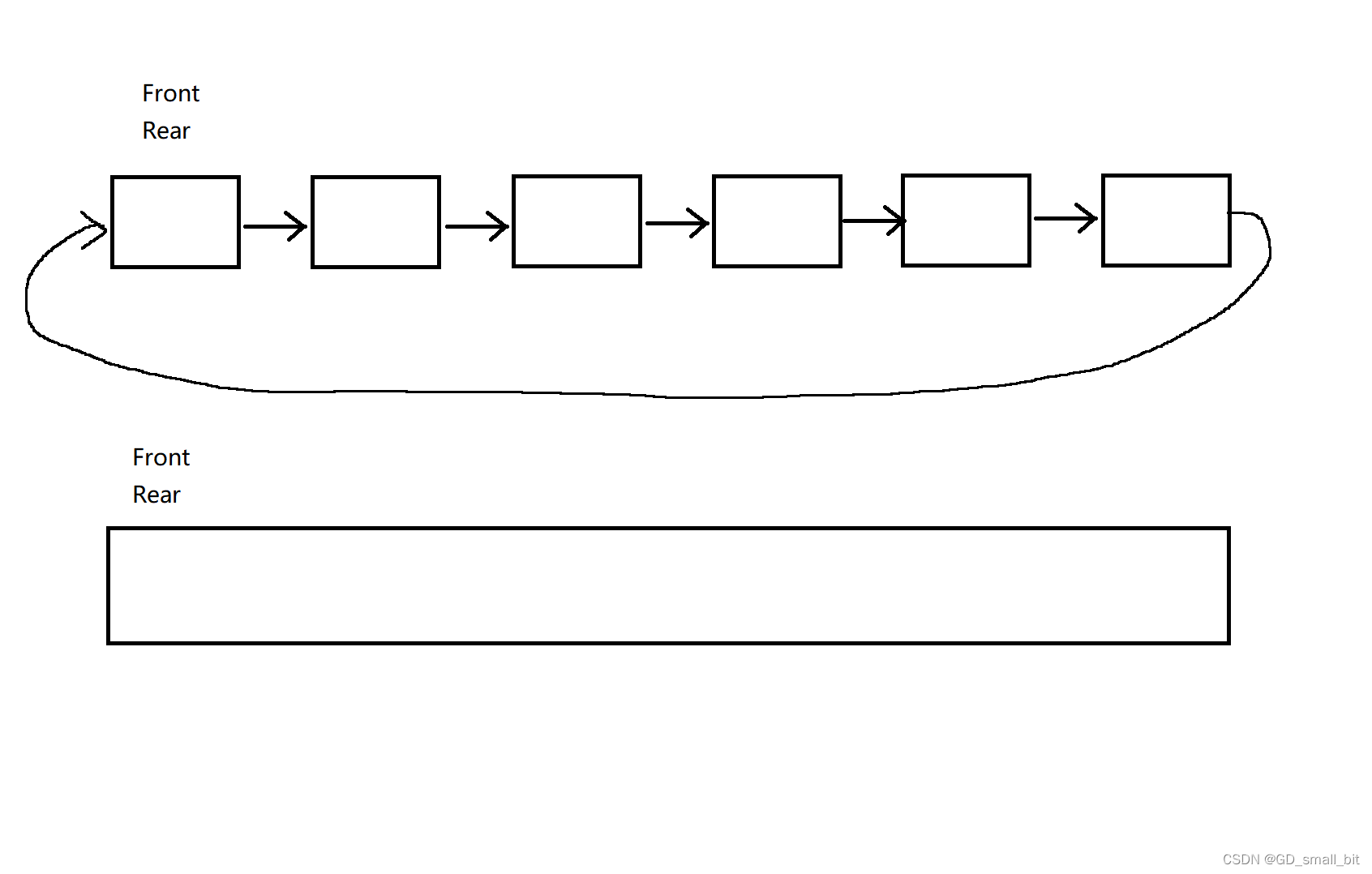
如上图是链表和数组实现的循环队列,当Front和Rear指向的空间相同时,该循环队列为空。
注意:链表实现的循环队列,Front和Rear是指针。数组实现的循环队列,Front和Rear是下标。
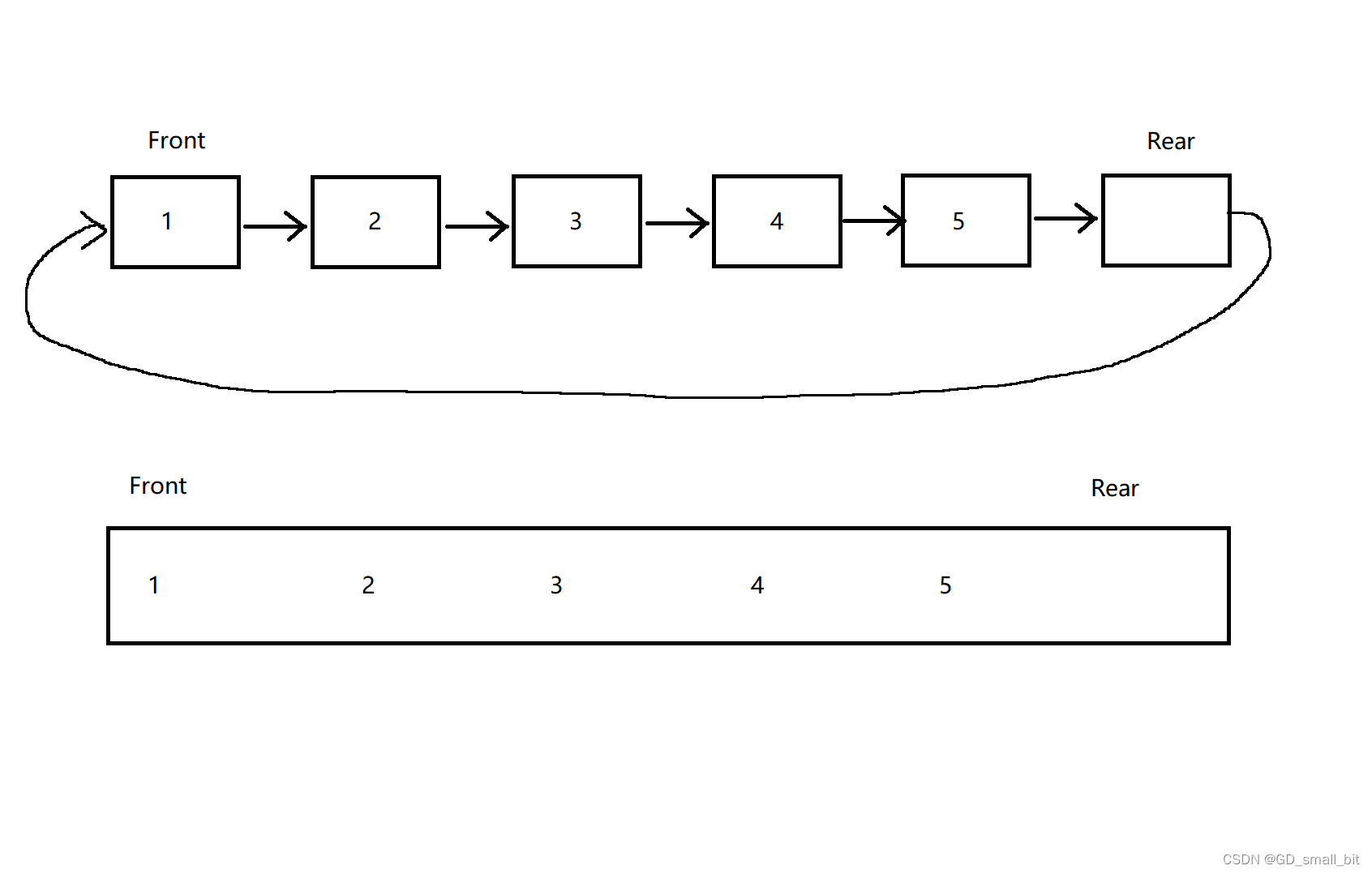
因为在开辟空间的时候,多开辟了一个空间的位置,但是不用来存储数据,所以两个循环链表的存储满的效果图如上。
对于链表实现的循环队列,判断条件是Rear->next == Front,该条件成立后,就可以确定该循环队列存储数据满了。
对于数组创建的循环队列,判断条件是(Rear+1)% (K+1)== Front(K为数据个数),该条件成立。就可以判断该循环队列存储数据满了。(注意数组的下标是从零开始的)
那么,我们现在就要在上面循环队列的两种实现方式挑选出最好的一种,相比数组实现的循环队列,链表实现的循环队列的最尾部数据是比较难找到的。数组实现的循环队列可以直接利用一条关于Rear的公式就可以找到,而链表实现的循环队列,却要定义一个指针从头结点遍历到后面,找到存储最后一个数据的地址。
总结:使用数组实现循环队列,并且通过多开辟一个数据的空间,间接来判断该数组实现的循环队列 存储的数据空间是否已经满了。
代码:
#include<stdio.h>
#include<assert.h>
#include<stdlib.h>
#include<stdbool.h>
typedef int MCQDataType;
typedef struct
{
MCQDataType* data;
int Front;
int Rear;
int k;
} MyCircularQueue;
MyCircularQueue* myCircularQueueCreate(int k)
{
MyCircularQueue* obj = (MyCircularQueue*)malloc(sizeof(MyCircularQueue));
obj->data = (MCQDataType*)malloc(sizeof(MCQDataType) * (k + 1));
obj->Front = obj->Rear = 0;
obj->k = k;
return obj;
}
bool myCircularQueueIsEmpty(MyCircularQueue* obj)
{
assert(obj);
return obj->Front == obj->Rear;
}
bool myCircularQueueIsFull(MyCircularQueue* obj)
{
assert(obj);
return (obj->Rear + 1) % (obj->k + 1) == obj->Front;
}
bool myCircularQueueEnQueue(MyCircularQueue* obj, int value)
{
assert(obj);
if(myCircularQueueIsFull(obj))
return false;
obj->data[obj->Rear++] = value;
//调整obj->Rear,使obj->Rear的值在0到k的范围内,如k等于5,obj->Rear的范围在0到5
obj->Rear %= (obj->k+1);
return true;
}
bool myCircularQueueDeQueue(MyCircularQueue* obj)
{
assert(obj);
if(myCircularQueueIsEmpty(obj))
return false;
obj->Front++;
//同上面的Rear
obj->Front %= (obj->k+1);
return true;
}
int myCircularQueueFront(MyCircularQueue* obj)
{
assert(obj);
if(myCircularQueueIsEmpty(obj))
return -1;
else
return obj->data[obj->Front];
}
int myCircularQueueRear(MyCircularQueue* obj)
{
assert(obj);
if(myCircularQueueIsEmpty(obj))
return -1;
else
return obj->data[(obj->Rear+obj->k)%(obj->k+1)];
}
void myCircularQueueFree(MyCircularQueue* obj)
{
assert(obj);
free(obj->data);
free(obj);
}
今天,栈和队列的面试题就讲到这里,关注点一点,下期更精彩。
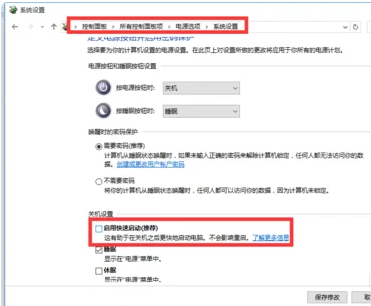

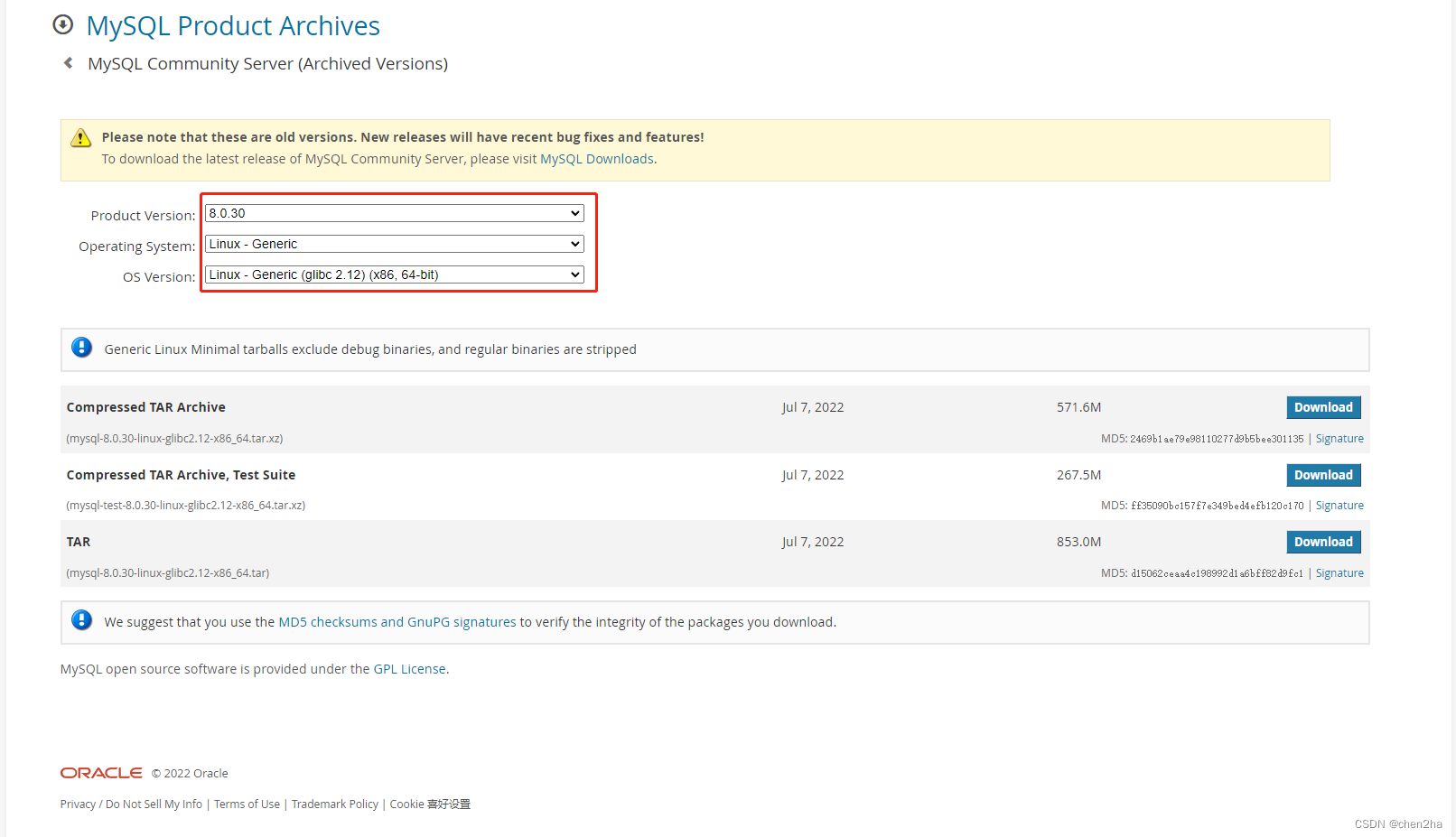


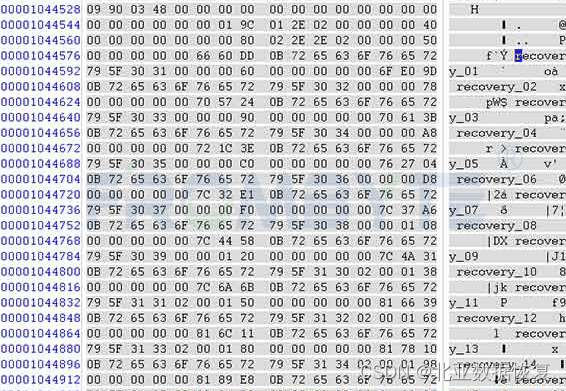


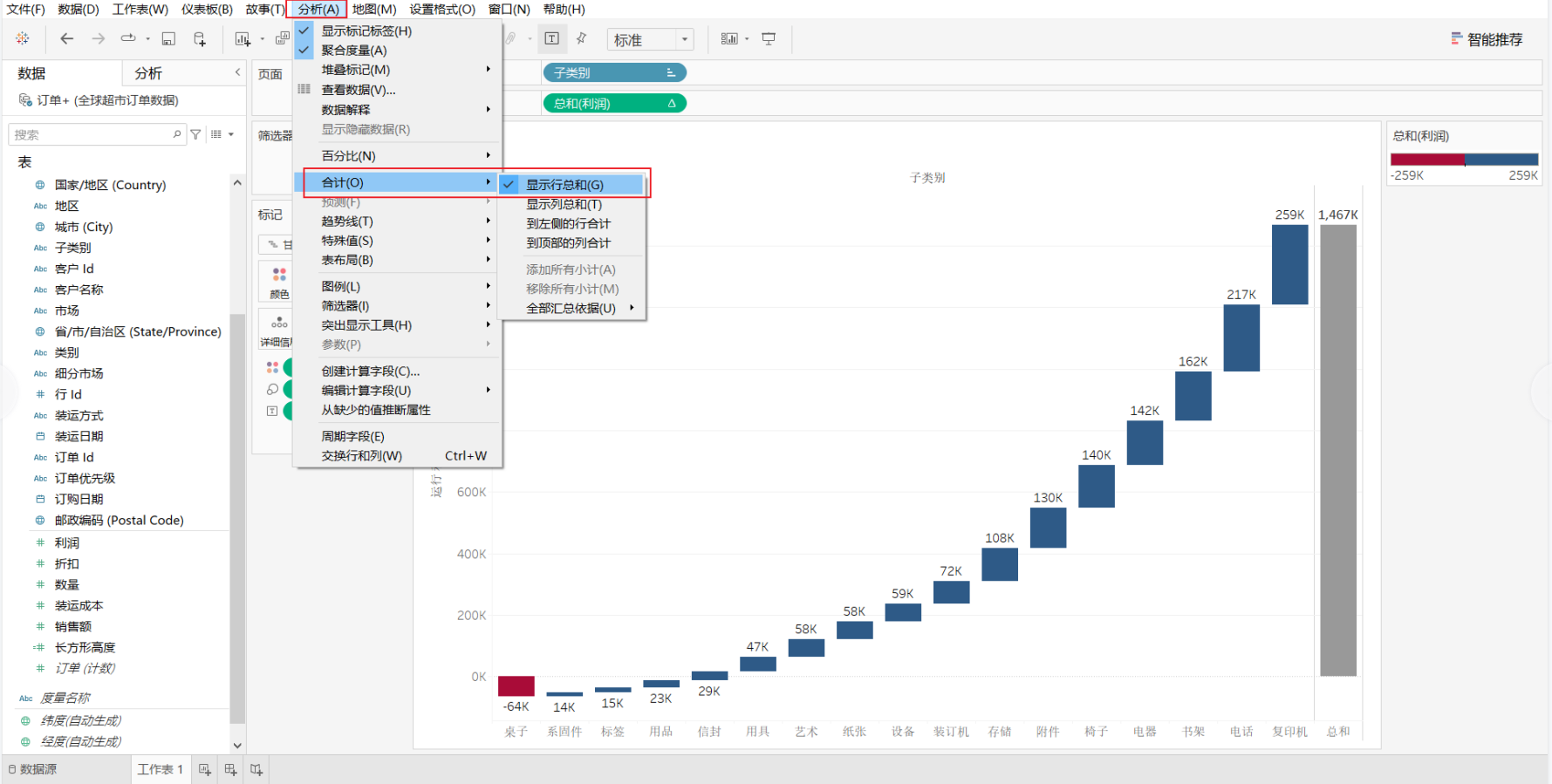





![[附源码]Python计算机毕业设计Django医院挂号住院管理系统](https://img-blog.csdnimg.cn/083accd3d3dc45159022781972ecbac6.png)



